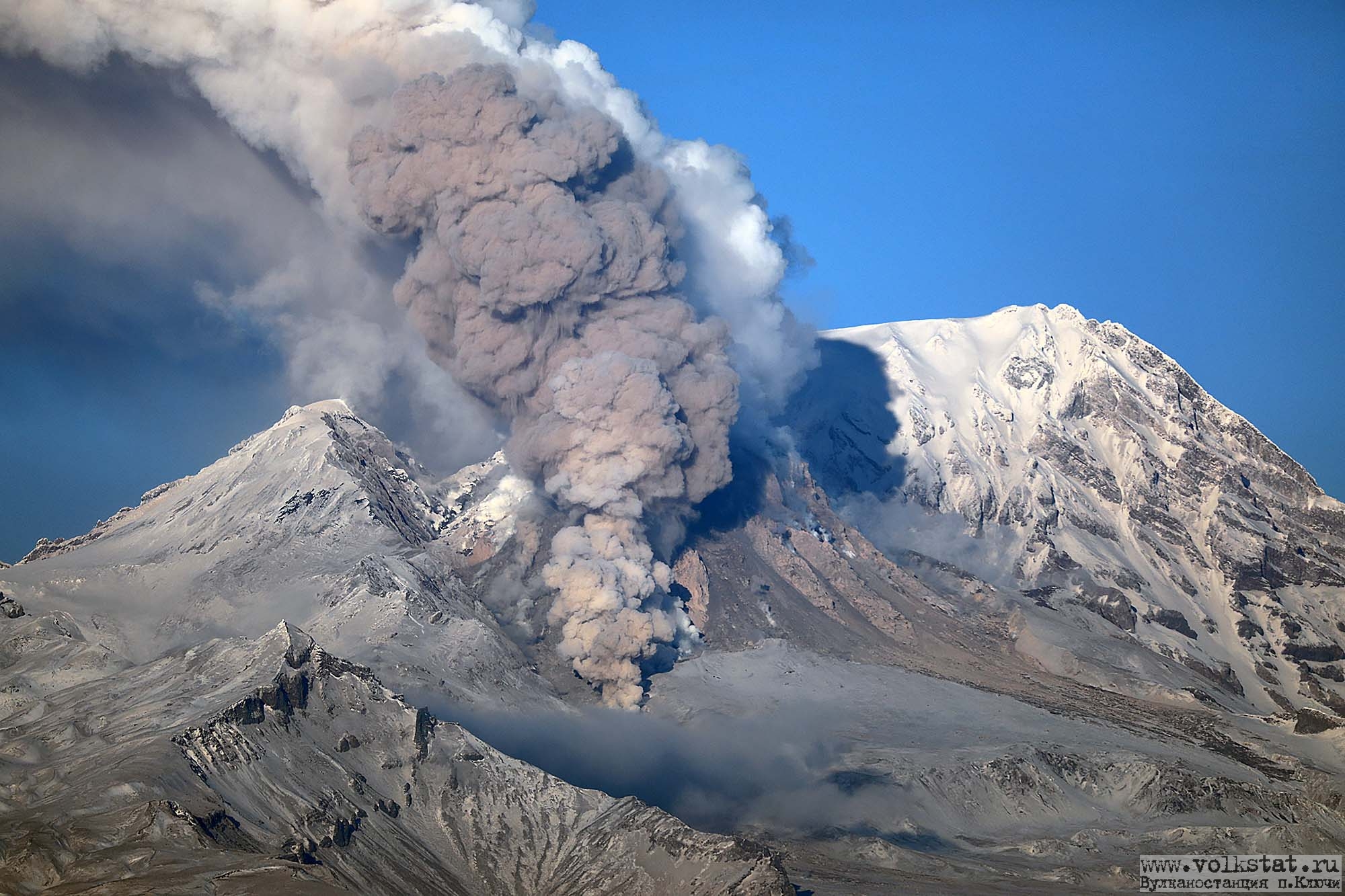April 10, 2019. EN. Kamchatka : Sheveluch , Chile : Nevados of Chillan , United States : Yellowstone , Colombia : Nevado del Huila , Indonesia : Dukono .
April 10 , 2019 . Kamchatka , Sheveluch : VOLCANO OBSERVATORY NOTICE FOR AVIATION (VONA). Issued: April 10 ,2019 Volcano:Sheveluch (CAVW #300270) Current aviation colour code:ORANGE Previous aviation…

